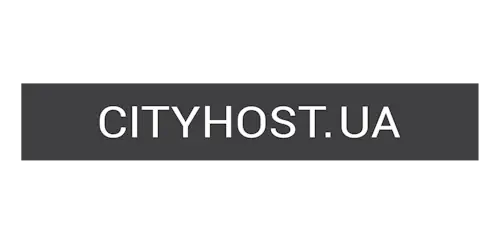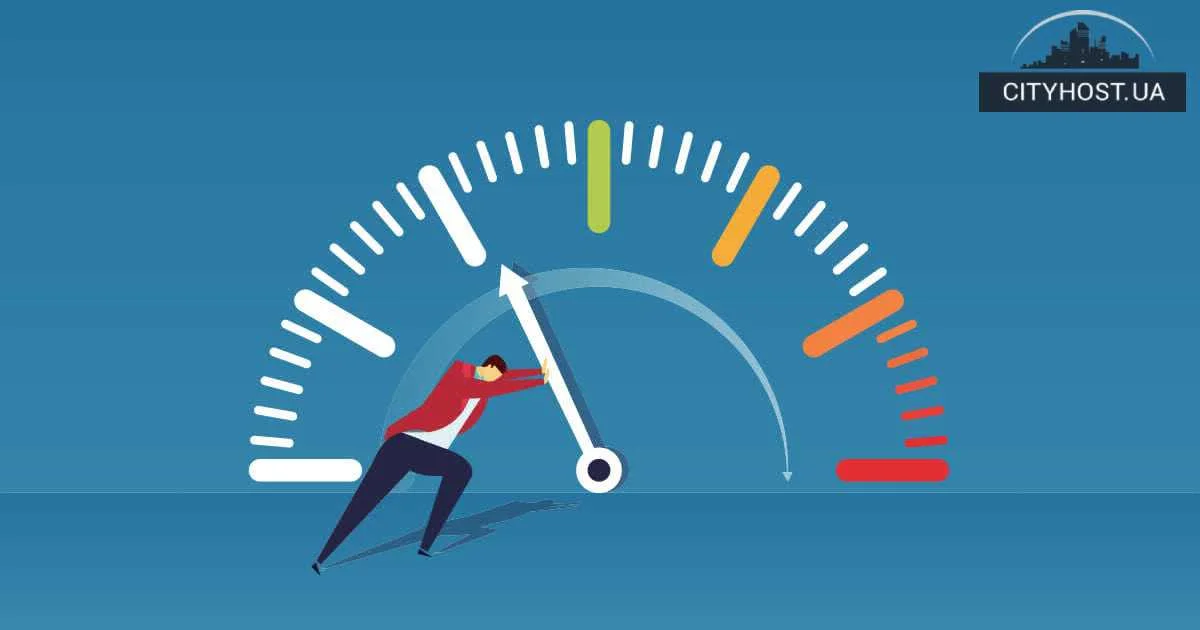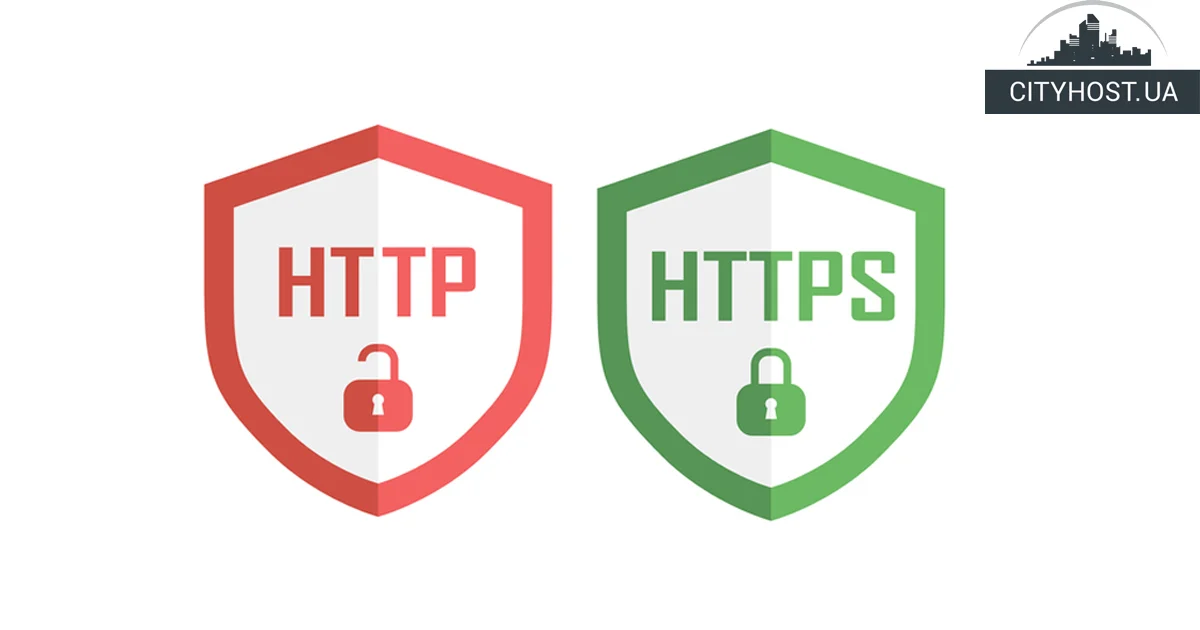
- Recommendations for Optimizing a Multilingual Website
- How to Technically Optimize a Multilingual Website
Promoting and optimizing a multilingual website has its own features, advantages, and disadvantages. The main advantage is an expanded semantic core and, accordingly, a potentially larger amount of traffic. The downside is a complex structure, which entails technical difficulties in configuring the web resource.
For example, there are two ways to create a project with different language versions: using subdomains or internal sections. Which option is better? The latter, because in most cases search engines treat a subdomain as a separate project. But that’s just one point. To properly optimize a multilingual website, many similar nuances must be taken into account — and implementing them will take some effort.
Recommendations for Optimizing a Multilingual Website
To create a web resource that is convenient for both users and search engines, you should follow these recommendations, taking into account best practices for doing SEO on a multilingual website:
- If a user lands on your site from Google, give them the option to switch to another language version. By default, the search engine already has a preferred language set. However, if a visitor, for example, lives in Madrid but wants to view the English version of the site, you need to provide that option.
- When creating a language selection menu, use text instead of flags alone. Text labels are much easier to understand than country flags, which not everyone recognizes correctly. Ideally, use a combination — text + flag.
- Write each language name in its own language — for instance, English, Português, Deutsch. This makes navigation much clearer and more intuitive for users.
- Ensure full localization. Successful multilingual websites adapt texts to the local culture, date formats, currency, examples, and even metaphors. Search engines are increasingly able to detect “surface-level” machine translations, so high-quality localized content in each language improves your rankings in search results.
- Remember about multilingual SEO. It’s not enough to simply translate the text — you must also use the right keywords and create meta tags (title, description, alt) optimized for each specific language.
These are simple but essential rules for optimizing a multilingual website. By following them, you’ll make it easier for users to explore your resource and improve key performance metrics. Ignoring them, on the other hand, can worsen behavioral factors and lower your rankings in search results.
Read also: How Google Counts Links from Multilingual Versions of a Website: Together or Separately
How to Technically Optimize a Multilingual Website
There are several important rules for optimizing a multilingual website from a technical perspective:
- Specify the page language attribute. Each page must include the following tag:
where uk is the language code. This helps search engines understand what language the content is written in.<html lang="uk"> - Name subdomains or directories according to country codes (CCTLD). For example: Ukraine — uk, Italy — it, USA — us. Use consistent naming for each language or regional version.
- Add hreflang and alternate attributes. If language versions of the same page have different URLs, inform search engines using these attributes. Example:
<link rel="alternate" hreflang="en" href="https://site.com/en/" /> - Check the reciprocity of hreflang links. Each page in one language should contain links to other language versions. You can verify this using Ahrefs Site Audit or Screaming Frog (free version available).
- Use a clear structure of subdomains and subdirectories. If a language version is hosted on a top-level domain, help Google correctly determine its targeting and set up geotargeting in Google Search Console.
- Ensure that each language version has a unique URL. Avoid replacing page content dynamically without redirecting to a different address. Otherwise, only one version may appear in search results, complicating the promotion process.
- Specify a canonical page using the rel="canonical" attribute if the same language version is accessible via multiple addresses (for example, https://site.ua/ua/page and https://www.site.ua/ua/page). This will help search engines understand which version is primary and prevent duplicate content issues.
- Monitor site speed. Different plugins, fonts, resources, and translations can affect page load speed. Check key metrics such as LCP, CLS, and INP separately for each language version using PageSpeed Insights.
The advantages of a web resource with multiple language versions outweigh its drawbacks — provided it is optimized correctly. All challenges relate mainly to the technical side, and if everything is done properly, there will be no problems with promoting a multilingual website.
Of course, website optimization doesn’t end here. It also includes a wide range of additional tasks. Beyond technical aspects, proper on-page optimization (semantic keyword research, site structure development, sitemap creation, etc.) and off-page optimization (building a strong backlink profile) are essential. Only with a comprehensive approach can you achieve high positions in search results.
Did you find this article helpful? Share it on social media and join our Telegram channel. And remember — you can buy affordable hosting in Ukraine from Cityhost. For technical support, contact our online chat or call us at ☎️ 0 800 219 220.








